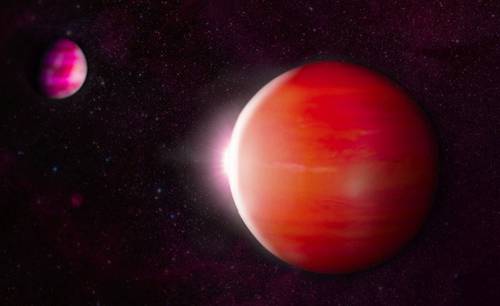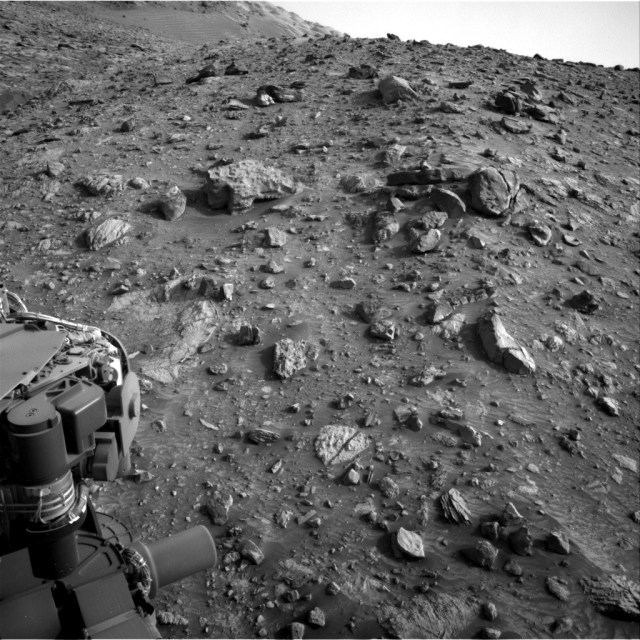
A new census of over 4,000 cosmic objects within a 65-light-year radius from the Sun has revealed that there are four times as many stars as brown dwarfs in this region. However, the study also found that low-mass objects are more common than high-mass ones, with the average mass being only 40 percent that of the Sun. The research was published in The Astrophysical Journal Supplement Series and was made possible through the citizen science project Backyard Worlds: Planet 9.
J. Davy Kirkpatrick, the lead author of the study and a researcher at Caltech’s Infrared Processing and Analysis Center in California, commented on the findings, stating that there may be something about the star formation process hidden in the data. Brown dwarfs are objects that lie in between stars and planets in terms of mass, not fusing hydrogen in their cores like stars do but more massive than planets like Jupiter.
The study suggests that the formation process of brown dwarfs may differ from that of higher mass stars, indicating that different factors may determine which type of object is formed during the collapse of gas and dust clouds. By involving citizen scientists in the identification process of objects in this census, the experts were able to speed up the process by 10 to 15 years compared to traditional methods.
Through Backyard Worlds, citizen scientists contribute by identifying objects in image sets that could be brown dwarfs, searching for







